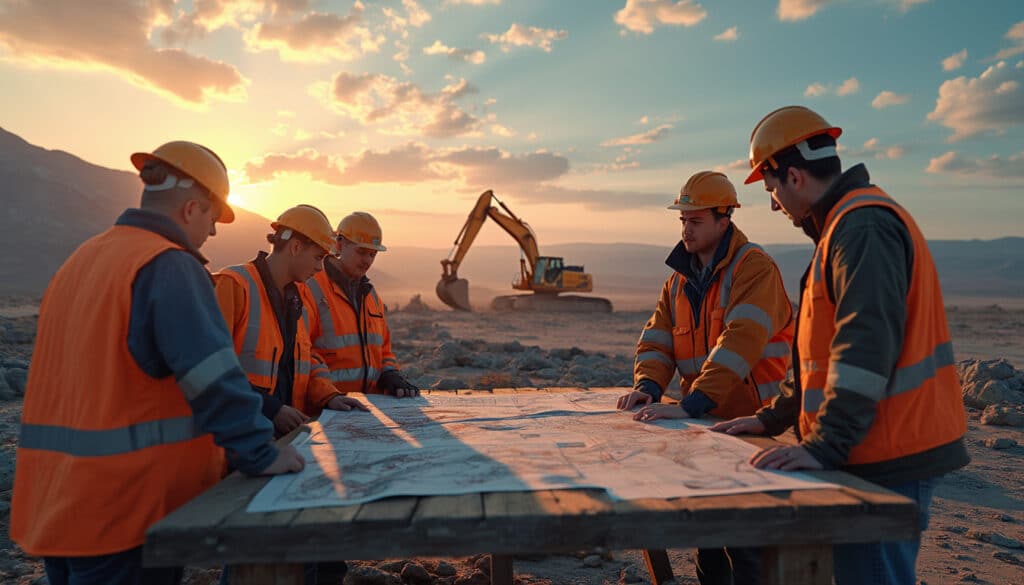In a hyper-competitive aerospace sector, where giants like Airbus and Boeing seem to dominate the skies, a Brazilian player, Embraer, is starting to fly on its own. The city of São José dos Campos, located 100 km northeast of São Paulo, is where this innovative company is thriving, offering a credible alternative to the two titans of the industry. Experienced astronomer Francisco Gomes Neto, CEO of Embraer, witnesses a remarkable rise, reflecting the challenges faced by its larger competitors. Long considered a discreet figure, Embraer today reveals its strengths and grand ambitions. As demand for new airplanes skyrockets, the Brazilian firm seeks not only to meet this demand but also to stand out with modern and efficient aircraft. This text delves into the behind-the-scenes at Embraer, exploring its innovations, industrial tools, and conquest ambitions in a market dominated by two historical players, while uncovering the secrets of a company in full renaissance.
100 km northeast of São Paulo, the city of São José dos Campos is the beating heart of an aerospace company that, long in the shadows, is now emerging vigorously: Embraer. This Brazilian manufacturer, which celebrated its creation in 1969, is revitalizing a market dominated by giants Airbus and Boeing, positioning itself as a key player in both commercial and military aviation.
Table des matières
ToggleAn Expanding Order Book
Embraer’s success is reflected in an exceptional order book. In June 2023, this order book peaked at 381 aircraft, surpassing the 338 units at the end of 2019. This dynamic mirrors the growing demand for regional aircraft, a niche that the Brazilian manufacturer skillfully exploits. As highlighted by Francisco Gomes Neto, CEO of Embraer, the new E2 models represent a perfect solution for connecting smaller cities while complementing the fleets of larger single-aisle aircraft.
Strategic decisions by airlines, such as American Airlines, which recently ordered 90 Embraer E175 in addition to other major models, also underline this renewed interest. In the wake of production crises at Airbus and Boeing, this support from airlines is a strong sign of Embraer’s renaissance.
An Unprecedented Technical Modernization
Over the past decade, Embraer has undergone a thorough modernization of its E-Jet 190-E1 and 195-E1 models, significantly reducing production time and improving production quality. The new versions, certified just before the pandemic, boast an originality rate of 85%. The E-Jets not only accommodate between 90 and 140 passengers but also integrate higher-performance aircraft, meeting increasing demands for capacity and range.
Embraer has also invested in a highly modern production system. Upon entering its facilities, it is hard not to be impressed by the site, often compared to a gymnasium, reflecting a push towards cutting-edge industrialization. An automated robot handles 80% of part drilling, while mobile tools and 20-meter-long gantries contribute to more efficient production. This type of technical innovation positions the company as a serious competitor in the global market.
Towards Inevitable Growth
Despite the challenges ahead, Embraer aims to increase its production. With the goal of delivering between 72 and 80 aircraft in 2023, the group aims to return to its former pace, where it delivered over 100 units per year. To stimulate this growth, the company plans to hire up to 900 people, paying tribute to its 19,000 employees who are paving the way daily in hopes of reigniting Brazilian expertise on the aerospace stage.
This growth is accompanied by another visible dimension: the integration of production. In São José dos Campos, Embraer assembles its own landing gears and electrical harnesses, thereby minimizing its dependence on external supply chains. The company’s ability to produce 70% of the fuselage components for the new-generation E-Jets in its Botucatu factory, just 300 km away, allows it to maintain greater control over quality and production timelines.
The Challenge of Competing Against Airbus and Boeing
Behind the scenes at Embraer, a question arises: can the Brazilian company truly compete significantly with the titans Airbus and Boeing? The answer lies partly in the possibility of expanding its product offering with a new aircraft to directly compete with iconic single-aisle aircraft like the A320 and 737. Although Francisco Gomes Neto acknowledges having the capabilities to develop a larger aircraft, he remains cautious, indicating that no concrete project is yet on the table.
This lack of clarity may be attributed to Embraer’s effective resource management, as it recovers from a decade of turbulence and significant financial losses exacerbated by the Covid-19 crisis. To project itself into the future, the manufacturer must not only increase its production capabilities but also seek extensive commercial partners to support ambitious projects.
Towards a Promising Future
It is undeniable that Embraer has thrived in a fertile environment for its transformation. By observing the difficulties faced by industry giants, particularly regarding demand satisfaction, the Brazilian manufacturer has managed to reposition itself by offering adequate solutions. The global aviation market is facing increased demand, making risk assessment more measured and calculated than ever.
For observers, the question is not just whether Embraer will become a formidable competitor to these two giants but how it will redefine itself as a key player in a highly segmented industry. The outcome of upcoming developments and the company’s ability to leverage its industrial know-how will be crucial for its sustainability and market position.
The rediscovery of Embraer may also involve optimizing business models in the military sector. With projects like the C-390 Millenium, a multi-role military aircraft designed to meet the specifications of modern armed forces, the manufacturer fills a growing need in a segment where Airbus and Boeing are also present.
In summary, the behind-the-scenes story of Embraer narrates a tale of rebirth marked by technical challenges, continuous innovation, and a desire to expand its footprint in a competitive market. The pathos of its past is now overshadowed by its future potential, where combined ambition and strategy could rewrite the rules of the game in aerospace.

Embraer livre 16 avions commerciaux au troisième trimestre https://t.co/SgoZI5xavr pic.twitter.com/tAjxbVw3q9
— Air Journal (@airjournal) October 21, 2024





